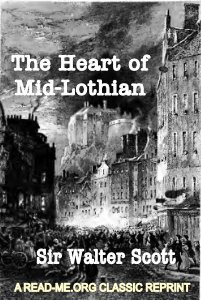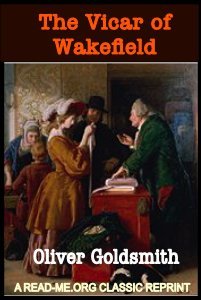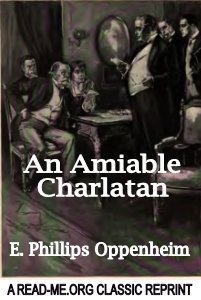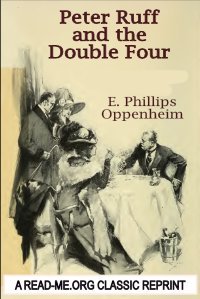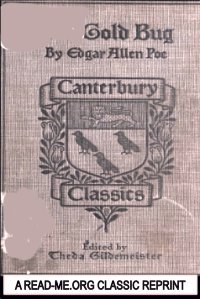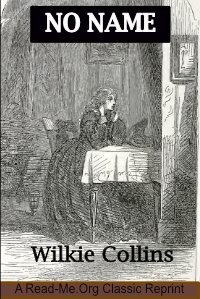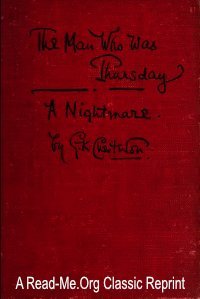By Patrick Radden Keefe
London. Harper Collins. 2018. 521p.
Say Nothing: A True Story of Murder and Memory in Northern Ireland" is a nonfiction book by American journalist Patrick Radden Keefe, published in 2019. The book tells the story of the conflict in Northern Ireland, known as "The Troubles", through the lens of one particular crime – the disappearance of a young mother of 10 named Jean McConville.
Keefe uses McConville's disappearance as a focal point to explore the complex and violent history of Northern Ireland, the rise of the Provisional IRA, and the role of secret paramilitary groups like the Irish Republican Army and British Army's Military Reaction Force. He also examines the legacy of the conflict, including the ongoing search for McConville's remains and the Good Friday Agreement, which brought an end to much of the violence in Northern Ireland.
Through extensive research and interviews with those involved, Keefe creates a gripping and detailed narrative that delves into the lives of those caught up in the conflict, including McConville's family and the IRA operatives responsible for her disappearance. He also explores the ways in which memory and trauma continue to shape the lives of those affected by the conflict.










